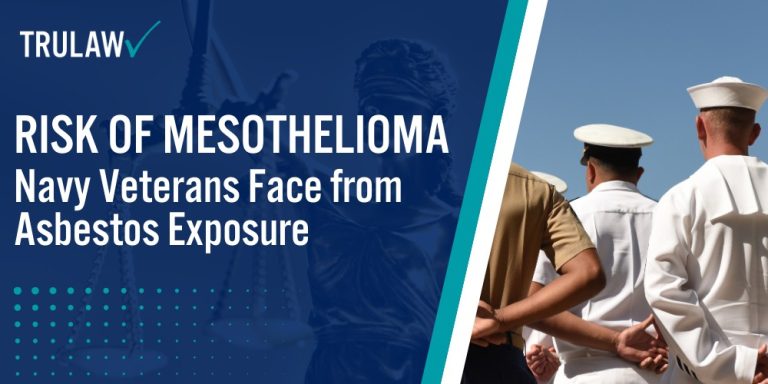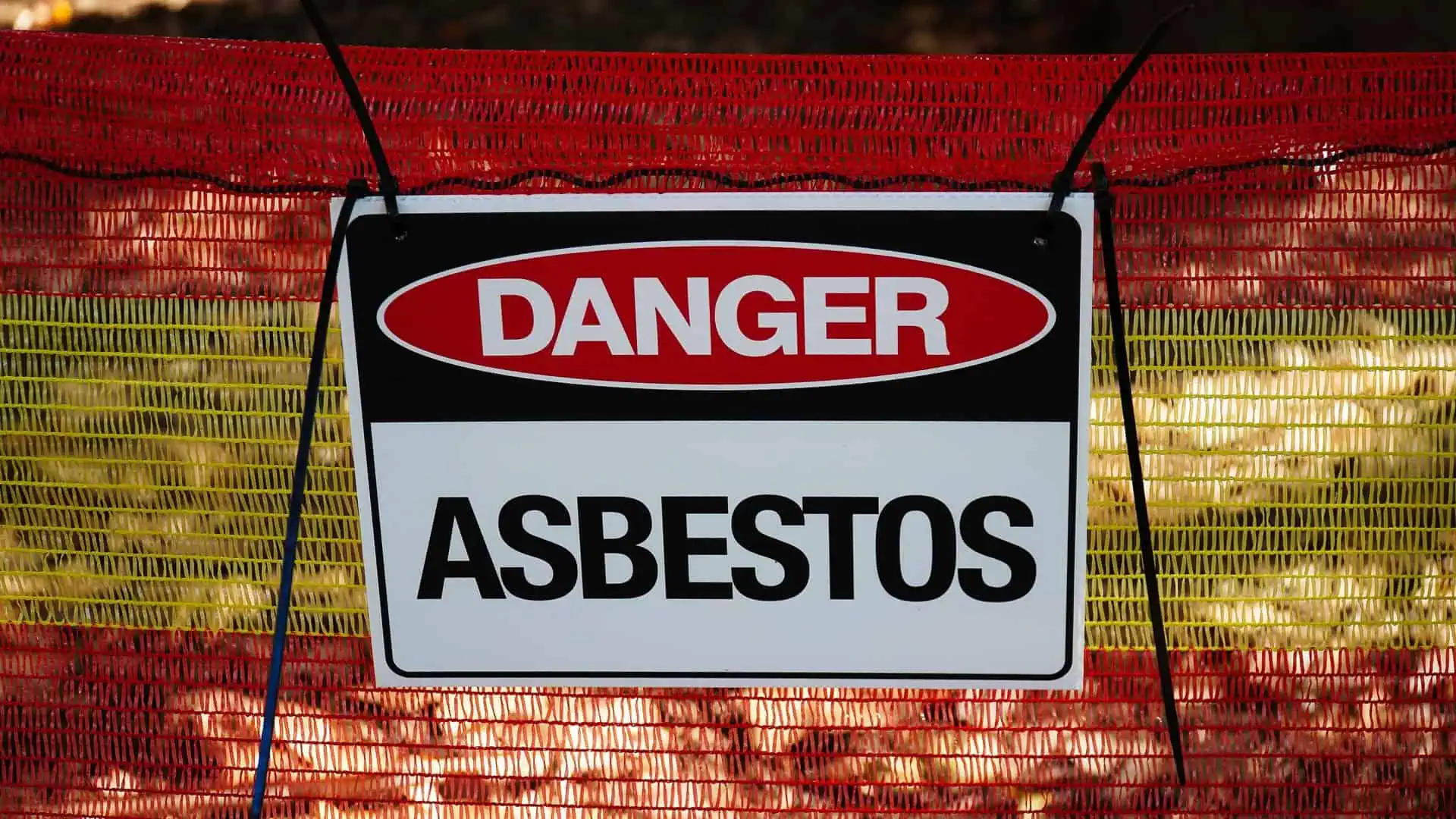The U.S. Navy’s extensive use of asbestos from the 1930s through the 1970s created a significant health risk for service members across multiple occupational specialties.
Navy personnel were routinely exposed to asbestos materials in nearly every aspect of maritime operations, from ship construction to daily maintenance, creating a widespread environmental hazard that would have long-lasting health consequences for veterans.
Occupational Hazards and Risks
Military asbestos exposure in the Navy was particularly dangerous due to the confined spaces and limited ventilation on naval vessels.
Sailors working in engine rooms, boiler spaces, and maintenance areas faced constant contact with asbestos-containing products that released harmful asbestos fibers into the air they breathed.
Here are the primary sources of asbestos exposure for Navy personnel:
- Ship Construction: Extensive use of asbestos in insulation, gaskets, and protective equipment throughout naval vessels
- Maintenance Activities: Frequent repairs and modifications that disturbed existing asbestos materials
- Protective Gear: Asbestos-lined safety equipment used by firefighters and technical specialists
- Living Quarters: Asbestos presence in ship interiors, including sleeping areas and common spaces
The pervasive nature of asbestos in naval environments meant that even sailors not directly working with these materials could be exposed through secondary contact and shared living spaces.
The tight quarters of navy ships amplified the risk of widespread asbestos contamination.
High-Risk Naval Occupations
Certain military occupational specialties faced significantly higher risks of developing asbestos-related diseases.
These roles involved direct interaction with machinery, insulation, and protective equipment that contained asbestos, increasing the likelihood of prolonged exposure.
Navy veterans in these occupations faced the greatest risk of pleural mesothelioma:
- Boiler Technicians: Constant work in engine rooms with extensive asbestos insulation
- Pipefitters: Handling insulated piping systems throughout naval vessels
- Firefighters: Use of asbestos-containing protective equipment and fire-resistant materials
- Hull Maintenance Technicians: Repair and maintenance work involving asbestos-laden components
The long-term health implications of these occupational exposures became increasingly apparent decades after initial contact, with many veterans developing serious respiratory conditions years or even decades after their service.
Asbestos Exposure Aboard US Navy Ships
Navy vessels built between the 1930s and 1970s represented a particularly high-risk environment for asbestos exposure.
The tight quarters, poor ventilation, and extensive use of asbestos-containing products created a perfect storm of potential health hazards for sailors and marines working and living on these ships.
Here are the primary areas of asbestos exposure aboard Navy ships:
- Lower Decks: Engine rooms, boiler rooms, and pump rooms contained the highest concentrations of asbestos fibers
- Living Quarters: Insulation, floor tiles, and wall materials frequently contained asbestos
- Equipment: Gaskets, pipes, and mechanical components were often made with asbestos materials
- Protective Gear: Some safety equipment and uniforms incorporated asbestos-containing products
The pervasive nature of asbestos on naval vessels meant that even sailors not directly working with asbestos could be exposed through daily activities and shared living spaces.
Military asbestos exposure was not limited to those in specific roles but impacted nearly all personnel serving on these ships.
Types of Naval Ships With Asbestos
Navy ships of various types extensively used asbestos due to its heat-resistant and durable properties.
The mineral was integrated into multiple aspects of ship construction and maintenance, creating widespread potential for exposure across different vessel types.
Navy vessels that contained asbestos included:
- Aircraft Carriers: Asbestos used in gaskets, insulation, and vinyl tiles
- Submarines: Extensive asbestos use in insulation and mechanical components
- Destroyers: Asbestos found in deck matting and pipe insulation
- Cruisers: Asbestos present in cloth insulation and compressed sheets
Serving on these vessels significantly increased the risk of developing pleural mesothelioma and other asbestos-related diseases.
The long latency period of these conditions means that veterans who served decades ago may still be at risk of developing serious health complications from their naval service.
Asbestos Exposure in Navy Shipyards
Navy shipyards represented critical sites of asbestos contamination, where workers and sailors were consistently exposed to dangerous materials during ship construction, maintenance, and decommissioning processes.
The enclosed environments of shipyards, combined with limited understanding of asbestos risks, created perfect conditions for widespread exposure that would later impact mesothelioma and Navy veterans’ health.
Here are the primary sources of asbestos exposure in Navy shipyards:
- Construction Materials: Extensive use of asbestos in insulation, pipes, and structural components
- Protective Equipment: Asbestos-containing safety gear and work clothing
- Maintenance Activities: Repair and renovation work involving asbestos-laden equipment
- Demolition Processes: Dismantling older ships and structures with embedded asbestos materials
The cumulative effect of these exposure sources created significant long-term health risks for shipyard workers and naval personnel, leading to increased rates of asbestos-related cancer among veterans.
Asbestos Products Used in the Navy
The Navy utilized numerous asbestos-containing products throughout its vessels and facilities, making mesothelioma treatment a critical concern for veterans.
Asbestos was prized for its heat-resistant and durable properties, leading to its widespread implementation across multiple naval applications.
Navy vessels incorporated asbestos in the following products:
- Insulation Materials: Block and spray-on insulation for thermal protection
- Mechanical Components: Gaskets, valves, and pump systems
- Protective Gear: Firefighting equipment and specialized work clothing
- Structural Elements: Deck coverings, paneling, and adhesive compounds
The asbestos medical surveillance program was established to monitor and document the long-term health impacts of these widespread exposures, recognizing the significant risks faced by naval personnel.
The extensive use of asbestos in naval environments created a perfect storm for mesothelioma compensation claims, with veterans facing substantial health challenges decades after their service.
Mesothelioma patients continue to seek recognition and support for the sacrifices made during their military careers.



